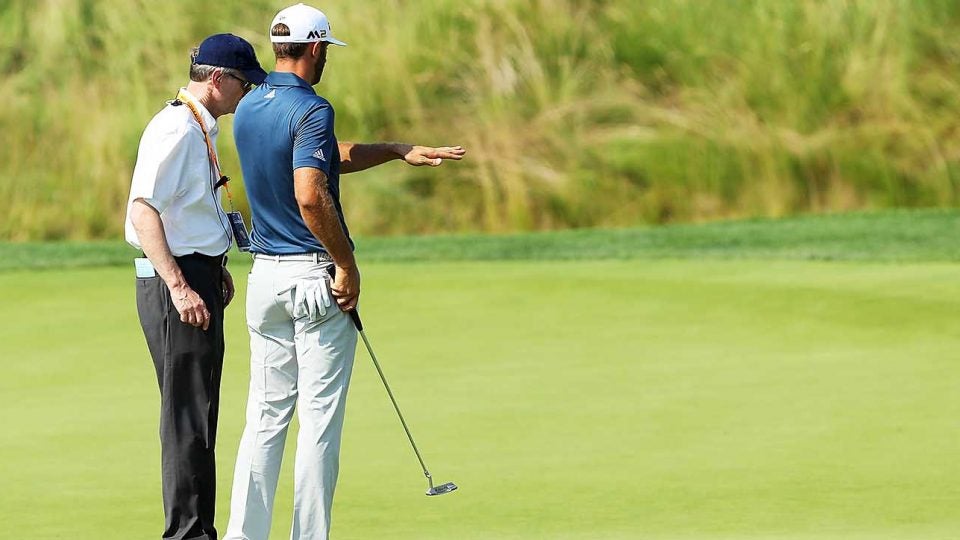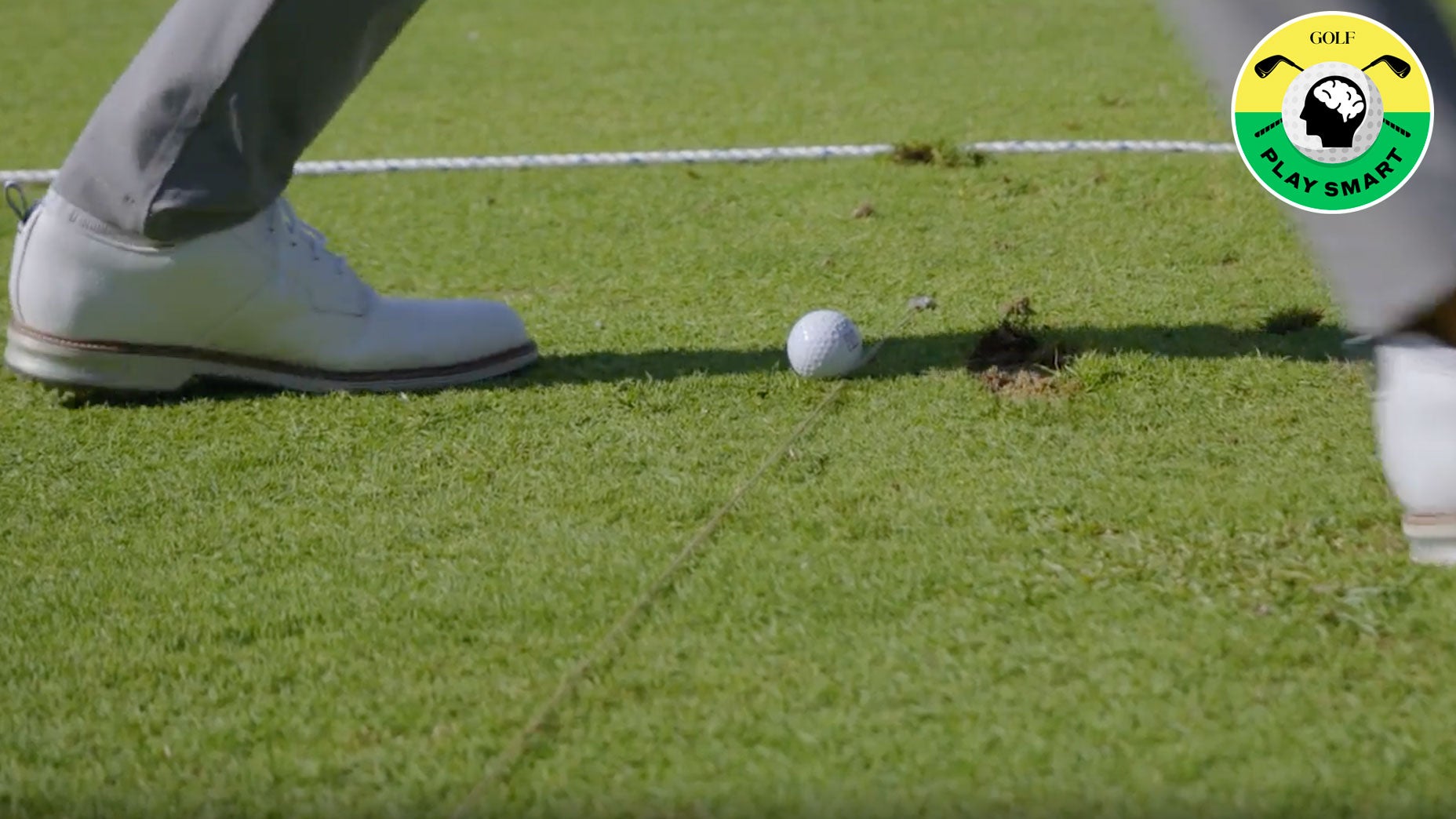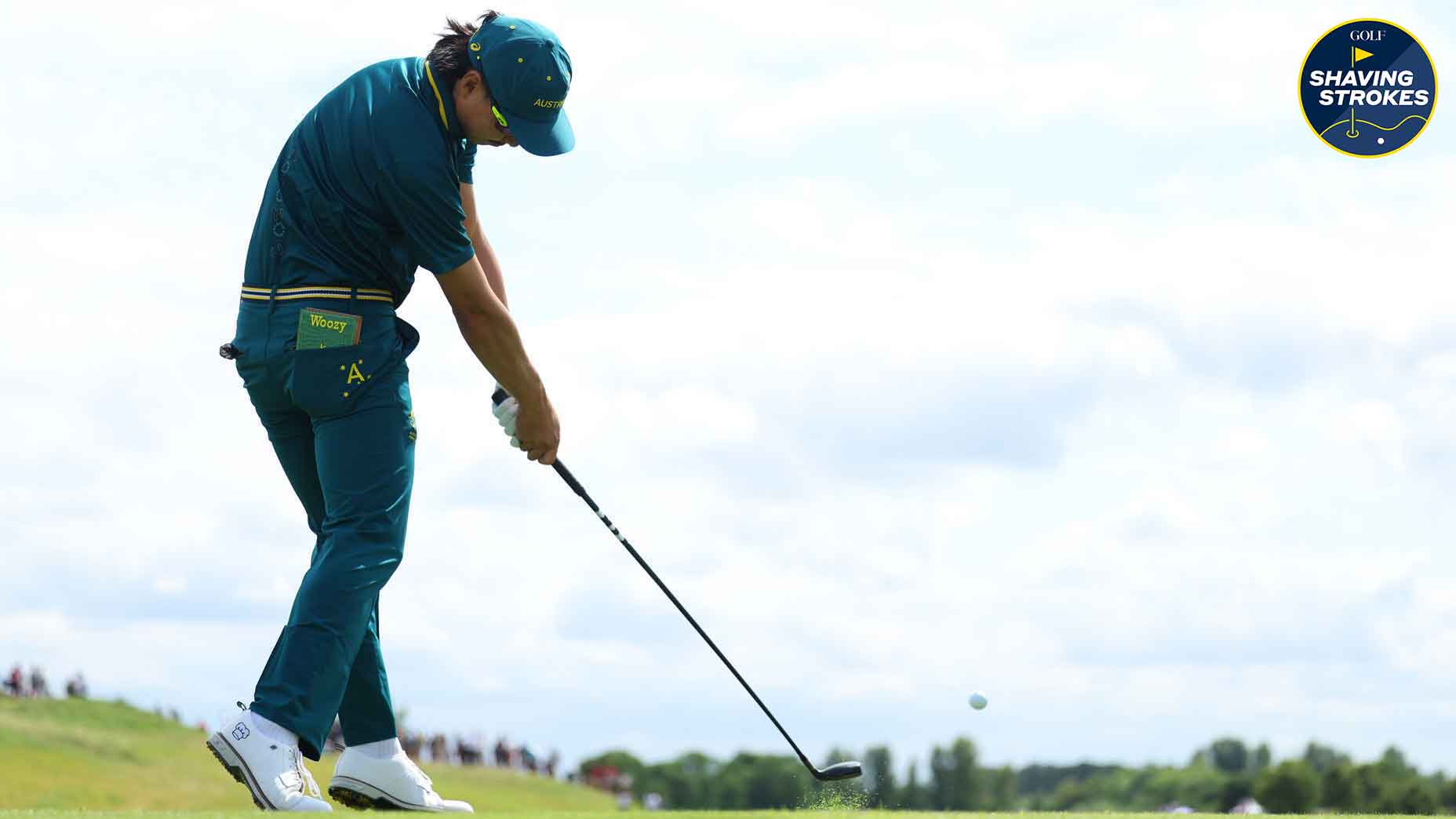On Jan. 1, more than 30 changes to the Rules of Golf– some small, others significant – will take effect. To get you ready, this holiday season GOLF.com is rolling out a series, “The 12 Days of Rules Changes,” to ensure you always play by the rules, starting with your opening round of the year.
The Topic: How to decide when a ball moved
The Old Rule: This is the source of some of the most incendiary rules controversies in the past several years. Naturally, golf made it a major part of the revised rulebook.
There are three key rules that currently relate to determining when a ball moved: Rule 18-2 says that if a player or opponent accidentally causes the ball to move anywhere on the course, it’s a one-stroke penalty (unless one of several exceptions applies). But there was a “weight of evidence” local rule that began on Jan. 1, 2017, which, if a tournament chooses to follow it, gives the player a free pass if they aren’t responsible for causing ball to move. And finally, Decision 34-3/10, launched in April 2017, says that a player’s “reasonable judgement” is used to decide whether a ball was moved inadvertently. (That rule also applies to other areas, like where to drop a ball and where a ball crossed a hazard.) That amendment is commonly called the “HD rule,” meaning that video replay won’t overrule a player’s own best guess.

The New Rule: Under Rule 13.1d, there will no longer be a penalty if a player or opponent accidentally causes the player’s ball to move on the putting green, essentially adopting the local rule that was enacted in 2017. And Rule 9.2 will state that the “known or virtually certain” standard (meaning at least “95% likely”) will apply to all questions about why a ball at rest moved. For example, are you certain wind caused that ball on the green to wiggle, and not your waggle behind it? No penalty.
And finally, the “HD” rule will also be permanently installed. As long as a player is using his or her “best judgement,” expect far fewer penalties for balls moving on the green.
Why It Was Changed: Well, if you haven’t noticed, green speeds are accelerating, and it’s led to a host of problems at high-profile tournaments. The most famous recent example was Dustin Johnson’s one-shot penalty at the 2016 U.S. Open. Remember this?
DJ played most of that final round unsure of exactly what his score was. The new rules will hopefully prevent a similar mess from ever happening again.
Will The New Rule Be Controversial? Probably! Of course golf wants to eliminate incidents like DJ’s, but “95% certainty” still opens a window to subjectivity. What happens if a player nudges the ball and claims not to feel it, but TV replay clearly shows the player was responsible? Take Tiger Woods in the Bahamas earlier this month. It wasn’t a putt, but Woods claimed he didn’t feel himself double-hitting a shot from under a bush on the 18th hole. Video replay showed that he did, but the supersonic slo-mo also absolved Woods from a penalty, since Woods was deemed unlikely to have felt it in real time. There will be times when a rules committee will be forced to either take a player’s word or follow what’s obvious on replay. Sounds … awkward. It’s a gray area that, while narrower than it was a few years ago, is almost certain to stir up a storm at some point, as greens remain glassy and HD video cameras lurk around every corner.
How It Can Help You: For recreational golfers who don’t have to worry about TV replay, the good news is that you no longer need to fret while addressing a slick putt on a windy day. If the ball moves while your putter is behind the ball, no penalty. Anything done on accident is penalty-free – of course it’s up to you to show integrity and declare the ball’s movement accidental or intentional. But harsh, arbitrary penalties for accidentally moving your ball will soon be part of golf’s past.
[bc_video video_id=”5979149582001″ account_id=”416418725″ player_id=”B1lrmWbebQ” embed=”in-page” padding_top=”56%” autoplay=”” min_width=”0px” max_width=”640px” width=”100%” height=”100%”]








